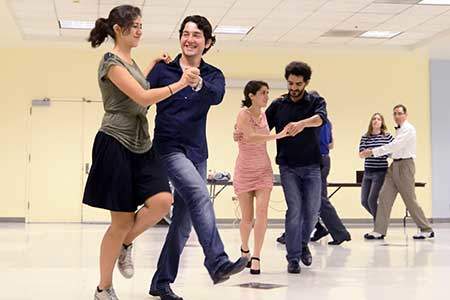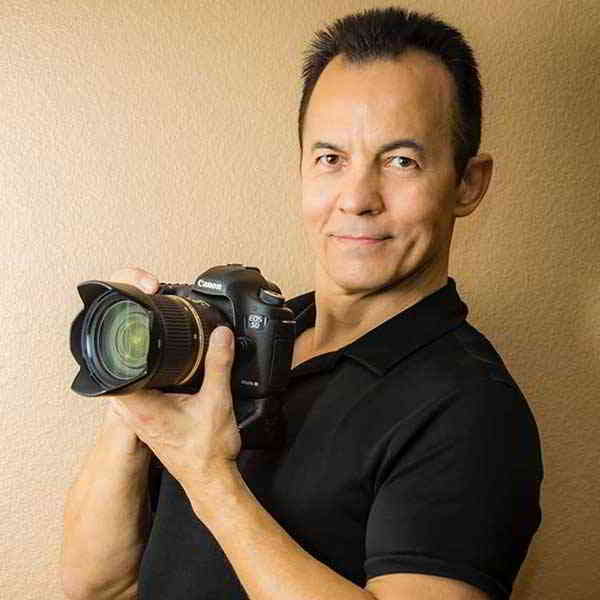Trust A Leader Who Can Lead (Part II)
This post follows our previous one outlining the fundamentals of “How To Follow” for beginners in partner dancing. This post does something similar with an emphasis on the interaction with your partner.
Staying On Time
Sometimes you are dancing on beat, sometimes you are 50-50 and sometimes you are in your own world dancing to an “amazing” rhythm no one else can hear. Sound familiar? If you and your partner are both true beginners, it takes time to develop rhythm recognition. Even though it may be challenging, follow your partner along the best you can.
A little theory. What does it mean to be “on time”, on the “right beat”?
Most of the songs will be on “4” or “8” beat measures. Only the “Waltz” songs will be on 1,2,3 beats. So to be on time, first recognize the music. Is this is a 4 beat or is this a 3-beat song? Listen to the music. Count the music. Tap with your hand or leg or even snap with your fingers. Make a sound and match the sound with the music. Try a different song and repeat. Once you can find the beat a little more easily, start trying to just march on the beat, that way your body can start to feel the beat in motion.
Practice is the key, Patience is your friend, Feeling is the magic
That’s it, Enjoy it
If you are a beginner or advanced dancer stay on time.
No matter the style of dance, staying on time is one of the most important things you can do.
P.S. If your partner is offbeat, don’t do any “favors”. Stay on time. He or she will match you sooner or later, be patient and polite.
Maintaining The Connection
So, you’ve mastered the footwork, and have spot-on timing, but for some reason, NOBODY seems to guide you properly on the dance floor. Why can’t they move with you the way your instructor does? Because your instructor always establishes proper frame and pressure prior to moving. Putting it into an equation, this is what we get:
Frame + Pressure = Connection
- The frame is the positioning of your arms and body which creates room for you both to dance.
- Pressure is a light, but active, compression which you apply to your partner’s frame through the palms of your hand. If you aren’t responding fast enough to a lead, you might have to tune up or tune down your arms and body. Find the “Gold” middle.
Both of these together create the connection, which is where the joy of partner dancing comes from – moving together in unity.
As the previous post and this one are meant to imply, the most difficult thing to master in a ballroom dance – or any other kind of partner dancing – is NOT THE STEPS. It’s the interaction with your partner!
It’s simply impossible for two people, dancing in close contact, to move seamlessly if each person makes their own decisions, choosing their own timing and making their steps independently. They must coordinate their moves perfectly – and the only way to achieve that is for a person to direct the moves and the other person to follow.
Dancing is a conversation without words.
Dance Passion Team






